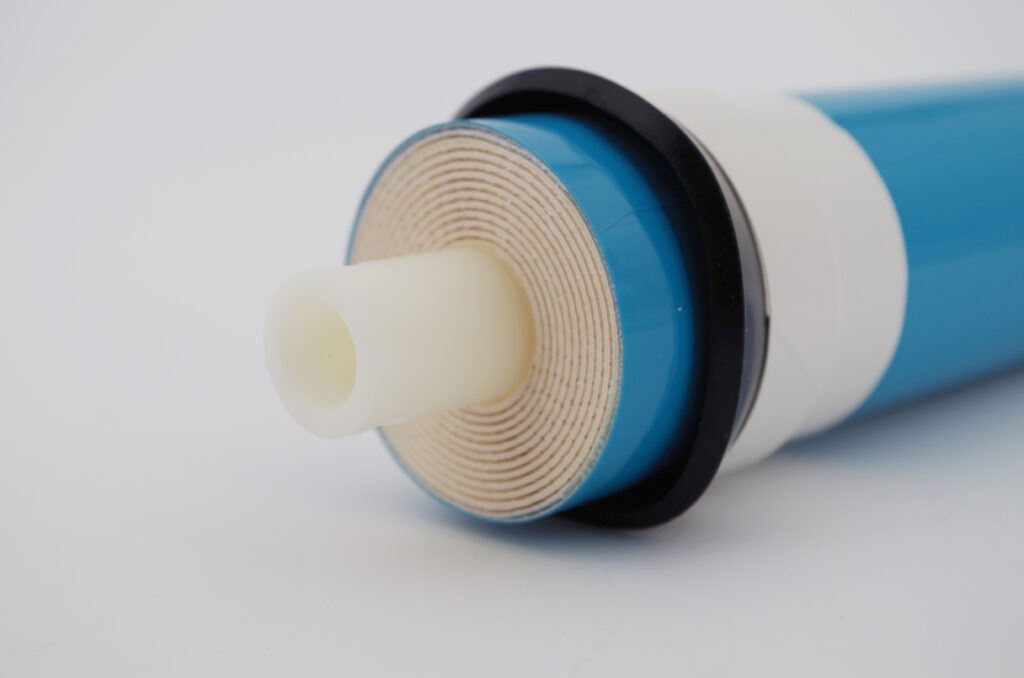Author: Andrew Sung
Introduction
Reverse Osmosis (RO) is a widely used water purification technology that relies on a semipermeable membrane to remove contaminants from water. At the heart of this process is the RO membrane, a critical component that determines the effectiveness and efficiency of the system.
Applications of RO (Reverse Osmosis) Membranes
Drinking Water Purification, Desalination, Industrial Water Treatment, Food and Beverage Industry, Pharmaceutical and Biotechnology, Wastewater Treatment etc.
Advantages of RO (Reverse Osmosis) Membranes
High Purity Levels, Versatility, Energy Efficiency, Scalability, Minimal Chemical Use

Types of RO (Reverse Osmosis) Membranes:
*Low-Pressure RO Membranes:
Designed to operate at lower pressures, these membranes are energy-efficient and suitable for applications where high-pressure pumps are not feasible.
*Thin Film Composite (TFC) Membranes:
Made from polyamide, TFC membranes are known for their high rejection rates of contaminants and good resistance to biological fouling.
*Cellulose Acetate Membranes:
These membranes are less prone to fouling from chlorine and other oxidants but have lower rejection rates and are less durable compared to TFC membranes.
*High-Rejection RO Membranes:
These membranes provide superior removal of salts and contaminants, ideal for applications requiring the highest purity levels.
*Fouling-Resistant RO Membranes:
Engineered to resist fouling from organic and biological materials, these membranes are suitable for treating challenging water sources like wastewater.

Technical Considerations
*Feed Water Quality Composition
*Operating Pressure
*Recovery Rate
*Maintenance Cycles
